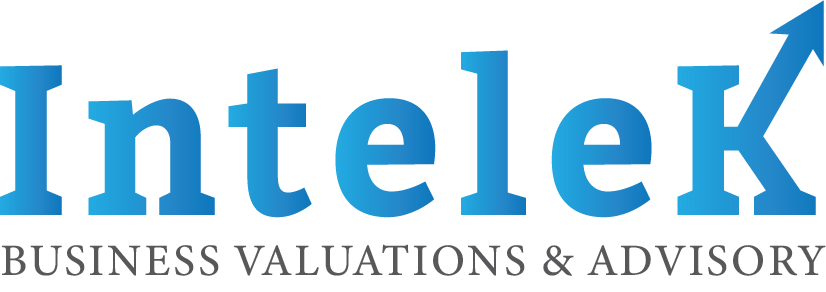Accounts Payable
When a business purchases a service or a product from a supplier (but doesn’t pay cash at the time of the sale), the payment amounts are recorded into the company’s financial statements and released on the due date stated on the invoice (most often, 30 days later). The record of unpaid money and due invoices that you owe to suppliers or vendors is known as accounts payable. This accounting term provides you the information about the pending payments for services and products you have on credit. Accounts payable is a very important element of financial bookkeeping, and the sum of all expenses that a business owes to its suppliers must be placed in an organized manner to avoid inaccurate cash flow management, as well as not having enough cash to pay its obligations.
How to Refer to Accounts Payable in Financial Statements
If you run a business or own a company, you need to know the basics about financial statements. Essentially, a financial statement is an organized collection of all the information and details about the company’s economic situation: assets, liabilities, and net income. Accounts payable is an essential element of the financial statements and is included within the balance sheet (also referred to as the statement of position). The balance sheet is comprised of three different sections: assets (what you have), liabilities (what you owe), and net worth (what is left afterwards).
Accounts payable is included in the section of liabilities on your balance sheet. By correctly setting your accounts payable in the liabilities section, you’ll know the true worth of the company at that specific time. You have purchased the products and listed them in the assets section (what you have in inventory, for example), and it is important to balance the assets increase by adding the due payments in liabilities.

How to Manage Accounts Payable?
In today’s economic environment, companies need to pay as much attention to their finances as their operations. First, you need systems combined with strategies. A system refers to a proper working method to execute your accounting to provide the information you need to achieve the strategy, and this will help you to prevent erroneous payments and to finance your operation correctly, thereby achieving your financial goals. When it comes to the management of accounts payable, here are some important elements that you could include in your strategies to streamline the process.
-
Centralized Clearance of Invoices
Centralized payment means the clearance of all the invoices from different vendors through a single account. It’s very helpful to centralize your payment method, because this facilitates the releasing of due payments all together, which reduces time and errors.
-
Practice Paperless Documentation
Most businesses are considering adopting a paperless management system for their accounts and finances, which is very important in this era of technology and automation. If you are using paper to keep the records and manage the accounts payable, shift to an electronic method of data keeping and data exchange. Going paperless is a very quick and effective way of processing the information and communicating with vendors. Also, it allows you to track the payments more easily.
-
Tracking of Released and Pending Payments
You may think of it as time-consuming and with no considerable benefits, but payment tracking is very helpful when making a budget or measuring the cash movements of your company. For this purpose, you can also use payment tracking and management software, which will allow you to forecast when bills are to be paid and what impact on cash balances it will have, which will result in better cash flow management.





